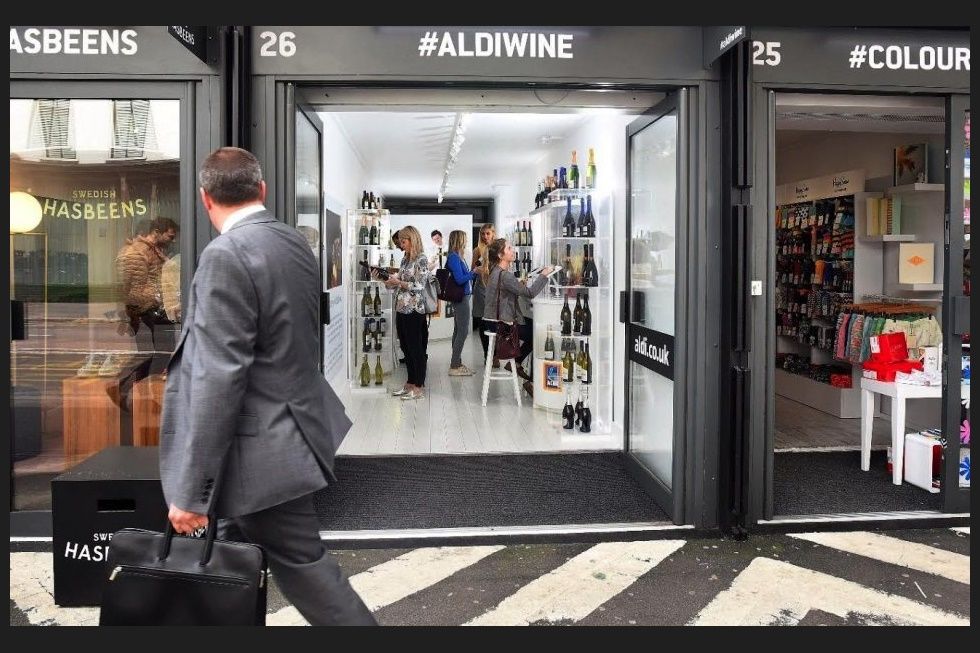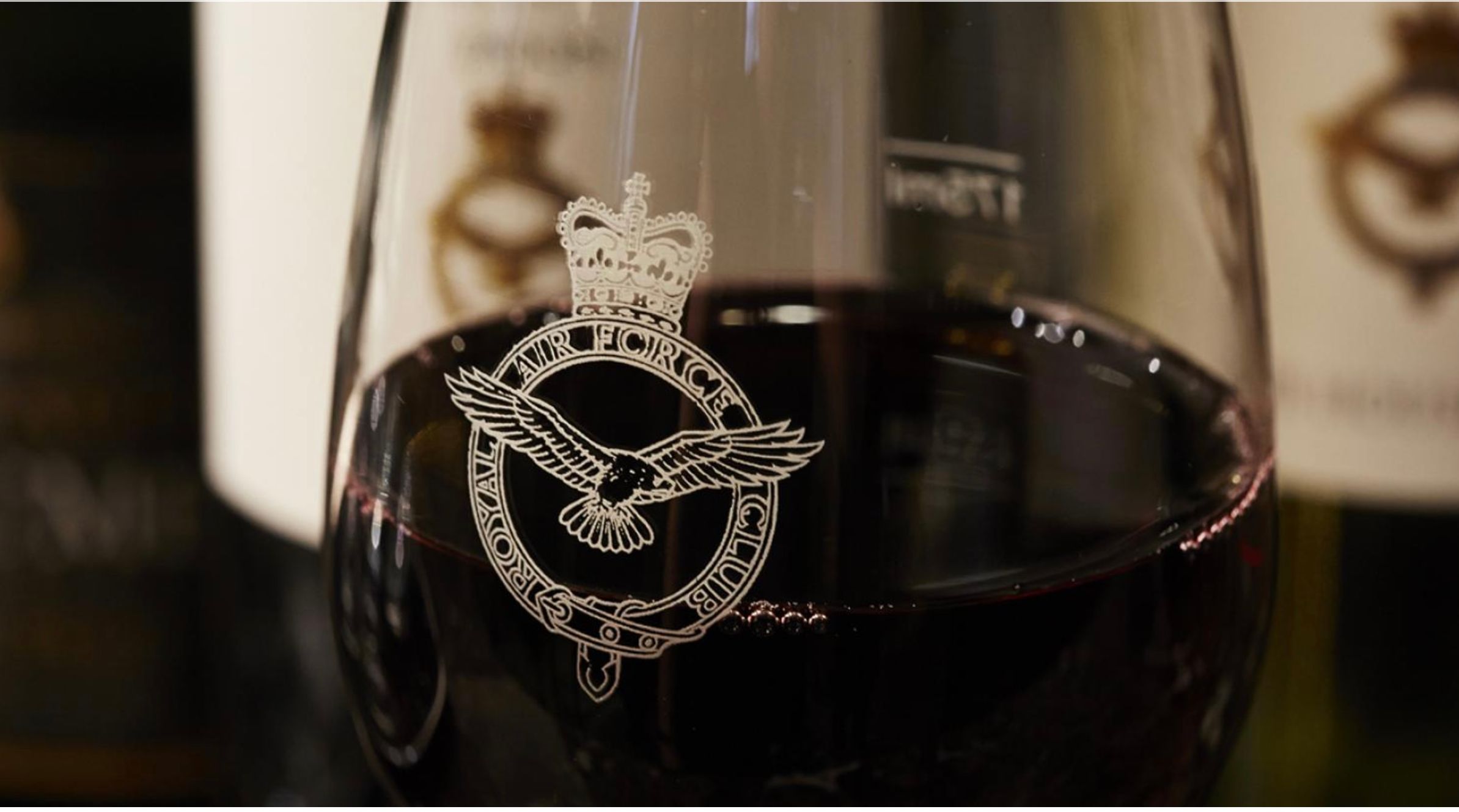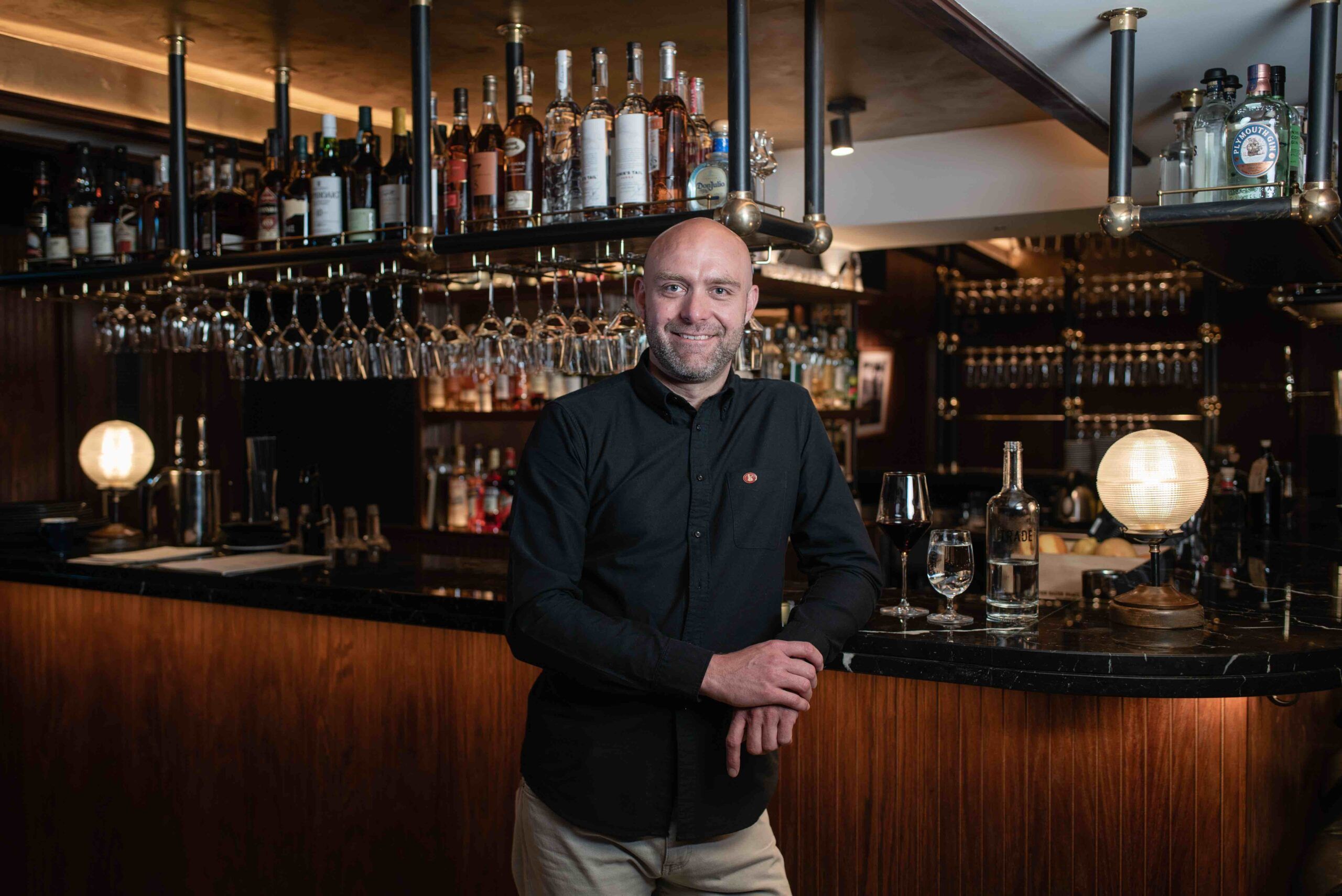Bigger is best when it comes to global and national buying, at least that seems to be the mantra by which most of our major retailers and on-trade groups are now managing their businesses.
On the face it the recent news that Aldi is to create a dedicated global wine-buying hub in Salzburg, Austria, to co-ordinate buying and blending for all its markets around the world is pretty big news.
But then it’s equally a wonder why it has not done this before. For one of the strengths of the German discounters over the years has been how it has used centralised buying for so many of its core, commodity grocery lines to be able to buy at such competitive rates and keep its prices lower than the rest of the grocers on the high street.
It’s why its tinned tomatoes taste just as good as the most expensive branded version, or its tomato ketchup is on a par with Heinz, its cereals a match for anything Kellogg’s can make. Products are centrally trialled, tested and developed and benchmarked against the number one brands in that category.

Aldi’s range of private label goods are not only taste tasted to be as good as their branded rivals they look pretty similar too, sometimes remarkably so
So when consumers pick them up for a half the price, take them home and discover they taste just as good as the originals they come back for more.
It’s the strategy that has made the German discounters a success in every international market they have gone in to around the world as they have introduced products that match up to the best selling brands in that particular country.
Benchmarking brands
The fact that wine is only one part of what will be a major new global centralised buying hub for Aldi should be no surprise. Details from Aldi are typically scratchy, but this is likely to be an extension of an existing central buying function, rather than a completely new division. At least for Aldi’s sake hopefully it is.
For its arch rival, Lidl, has been proudly boasting about its centralised wine buying hub for some years.This is how Karsten Kremer, who ran Lidl’s central wine buying operation back in 2012, described how it worked to the Daily Telegraph: “I gather the needs for the different countries that will want to sell it, and then it depends if we’re talking about 500,000 or six million bottles.”
As wine does not have the Heinz or Kellogg’s equivalent to benchmark products against it’s a more difficult task for the discounters to come up with a winning recipe they know will work in store.
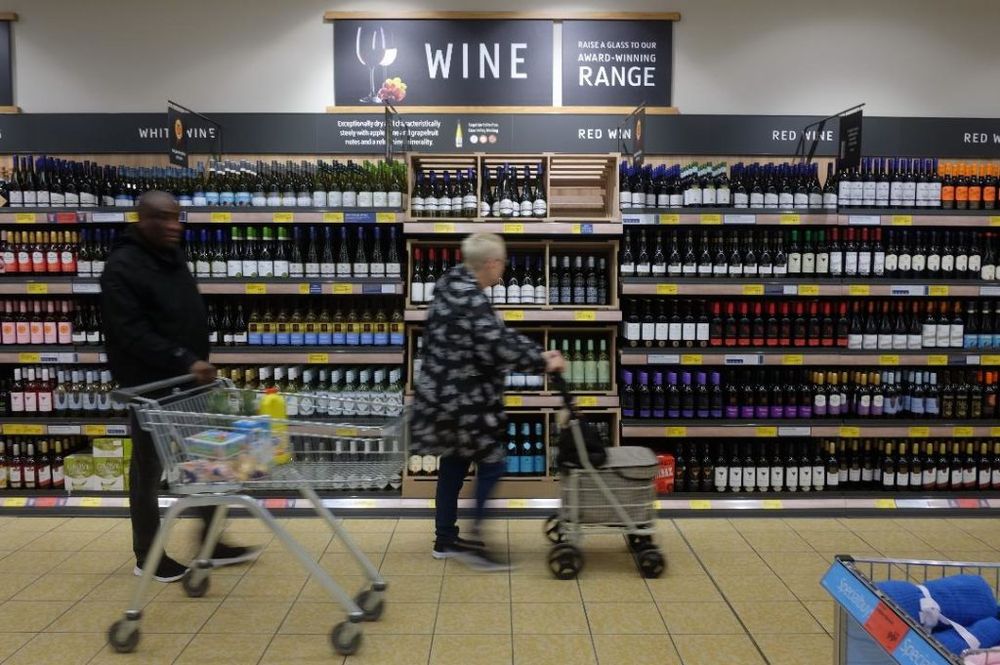
It’s harder for Aldi to differentiate its wine offer or even copy the brands as there are so few real household wine brands but its bigger stores are really pushing wine
Instead the challenge for Aldi and Lidl’s centralised wine teams is to find what Kremer called “the reference” point way back in 2012. Here’s how he described the process: “I receive samples of everything we are tasting. We do huge tastings and when we find the right wine we say, ‘OK this is the reference.’ We send it to an accredited institute and they do what you might call a technical fingerprint – they measure everything from colour to density to residual sugar to acidity, dozens of parameters.”
Fast forward to 2019 and Aldi’s new centralised approach is pretty much the same. It’s certainly a mark of how respected and well done Mike James, Aldi’s former UK wine buyer, is within the group that he has been chosen to move over to join the new central buying team in Saltzburg. The wines that are most likely to come under the central team’s control are those that can build huge economies of scale by selling the same wine to all its markets, or at least as many as it can. Cutting costs and how it operates at the same time.
Building economies of scale
A desire and need to cut costs and build economies of scale is not just an issue for the discounters. But one shared by major grocery chains, on-trade groups and major brands the world over. It’s a model that is seeing the major grocers and supermarket chains also cutting back their buying teams and looking to become more “streamlined” themselves.
It’s also why we are seeing an increasing number of collaborations and consolidations between major multiple groups who are prepared to get in to bed together if it helps their collective bottom line.

The need to cut costs and challenge the discounters is why French and UK giants Carrefour and Tesco now have a strategic buying alliance
Like Tesco and Carrefour. It signed a “strategic alliance” last year to look at ways it could pool its more than considerable forces to buy better, bigger, and yes, cheaper. A link up that has to be seen in context with Carrefour’s commitment to cut costs by €2bn by 2020, and Tesco’s on-going transformation strategy under new chief executive, Dave Lewis.
Here’s how Lewis sees the deal with Carrefour: “By working together and making the most of our collective product expertise and sourcing capability, we will be able to serve our customers even better, further improving choice, quality and value.”
Tesco has also joined forces with the major UK cash and carry business, Booker, to align its buying power and reach more areas of the market. It’s why Asda and Sainsbury’s, also in the UK, were so keen to come together before being thwarted by the competition authority.
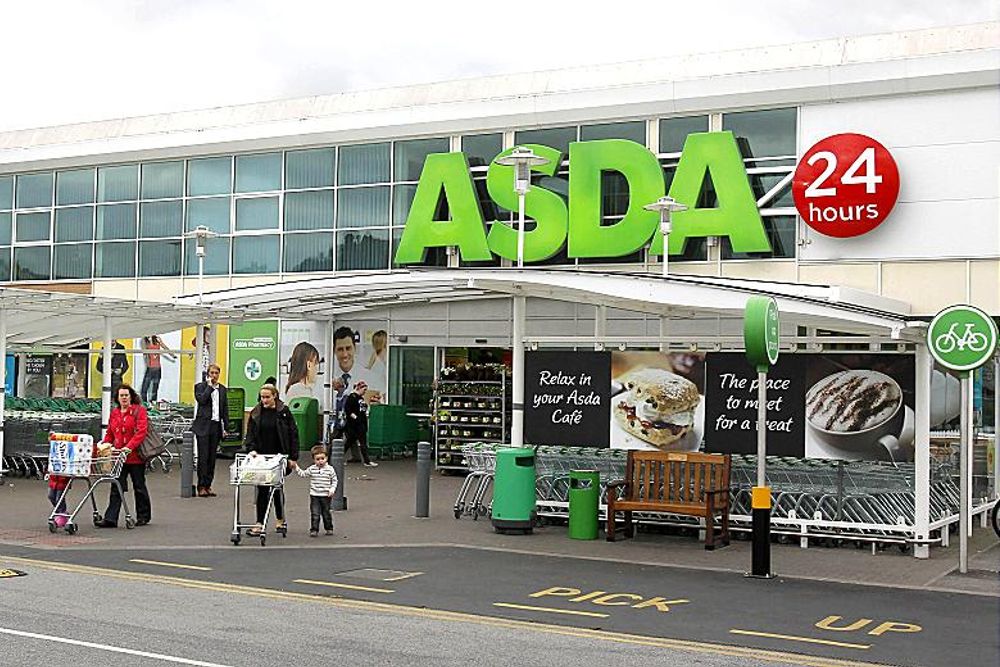
Asda’s challenge is like all the major multiples. Cut costs. Change the way you buy
Asda is already part of the US grocery giant Wal-Mart, which, in turn uses a standalone business, IPL (International Procurement & Logistics), to control, consolidate and manage how Asda can buy better across a whole range of categories, including wine. Whilst keeping the Asda management team and buyers one step removed from the process.
The world over the major grocers know they can only get bigger by joining forces, cutting costs and maximising their economies of scale. In Europe there is the AMS Sourcing Group, the Amsterdam-based, non-profit, strategic-buying alliance that currently works on behalf of 10 European food retailers on joint own label projects together. Including such big names as Ahold Delhaize, Musgrave, Morrisons, and ICA.
On-trade: strength in numbers

In this world of consolidation a small, neighbourhood pizza chain like Franco Manca is now a major national restaurant brand
The on-trade is no different. Private equity has stepped into gobble up, merge, align, acquire a whole host of high street restaurant chains over the years. All of which have helped to create a small number of hugely powerful groups that effectively control much of the mainstream restaurant scene. Some of these have crashed and burned in dramatic style in recent years, but the biggest and boldest are still full steam ahead. So much so that the likes of Fulham Shore, which own chains such as Franca Manca and the Real Greek are as well known in the sector as the chains they run.
The Casual Dining Group has chains covering nearly 300 outlets, serving a staggering 20 million meals a year. Then there are the major brewers, who, in turn, have bought up so much of their regional competition to sit high and mighty at the top of the table. So much so that they too now are ripe for consolidation and acquisition, like Fullers, recently bought by Japanese beer brand and brewery, Asahi, as it looks to control more of its own route to market.
It’s getting that way on the supply side too. Conviviality may not have been able to bring Bibendum and Matthew Clark successfully together under one parent company, but the C&C Group, with AB InBev very much in the wings, looks like it can. Yes, these may run as separate businesses, their strength lies in the fact they are part of such a big group that allows them to look at the long term rather than worry about their day to day balance sheet.
Efficient consumer response
Consolidation. Strength in numbers. None of this is anything new. In the mid nineties the much acclaimed ECR (Efficiency Consumer Response) group saw the world’s biggest retailers and FMCG brands first come together to pool their expertise on enhanced supply chain solutions. From which came such technologies as RFID labelling and just in time distribution. It is still live and active today anchored around the collective need for major retailers, manufacturers, producers and brand owners to collaborate. That’s where their combined power comes from. The AMS Sourcing business has been working in a similar way since 1988.
Such alliances are usually formed to work on and around own label projects where there is usually no direct conflict between the retail players. They have also become good friends to the bulk wine market over the years.
The draw back for suppliers and growers down the supply chain is that these kinds of groups and consolidating hubs are very much tilted in the retailers’ favour. It allows them to buy huge volumes at any one time, and play the market to get the best price.
As Mella Frewen, director general of FoodDrink Europe, told the BBC recently: “Buying alliances have a detrimental effect on the whole food supply chain. They increase the buying power of the retailers in the alliance thus putting the manufacturing industry, and other suppliers, under increasing price pressure.”
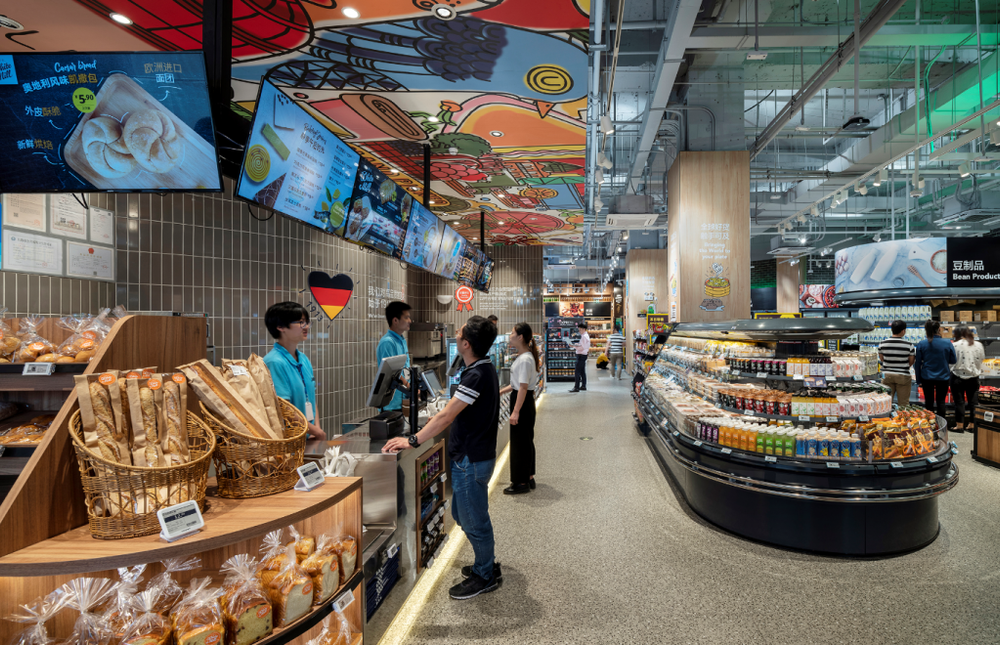
Centralised buying is helping Aldi expand all over the world with new, braver concepts like here in China
But they are not going away. In fact, as Aldi has shown this week, they are only going to get bigger and a more important part of the overall grocery supply chain that wine is such a key part of.
Business hubs and alliances that are equally going to need to work with suppliers and producers with the capabilities of giving them what they want and the ability to help them cut costs. Which is why we are equally seeing such consolidation on the supply side, like Henkell & Co’s purchase of Freixenet, and the fact Constellation and E&J Gallo are so keen to do business with each other.
As the world continues to be destabilised by trade deals and tariff disputes the major grocers, suppliers and producers all need to find ways they can work around those issues and if that means increasingly working together and building strength in numbers then so be it.
- This is an adapted article from one first published on VINEX, the online trading site for bulk and bottled wine.
